A Weekend Away from IT: Visiting Dams with the Students (2) - Vajiralongkorn Dam and Home

AMITIAE - Monday 27 January 2014
|
A Weekend Away from IT: Visiting Dams with the Students (2) - Vajiralongkorn Dam and Home |
 |
|
|
By Graham K. Rogers
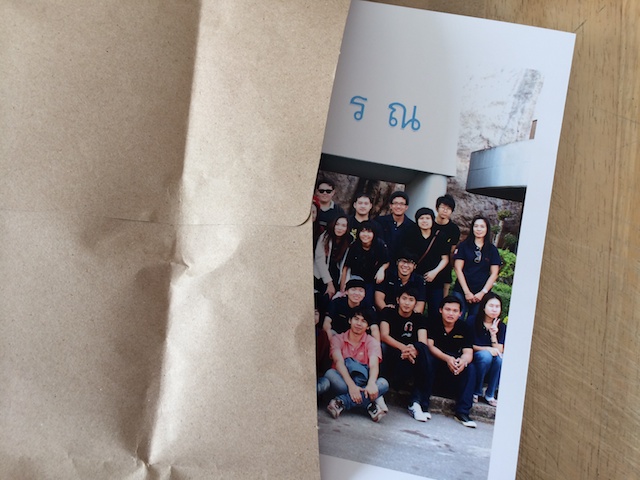
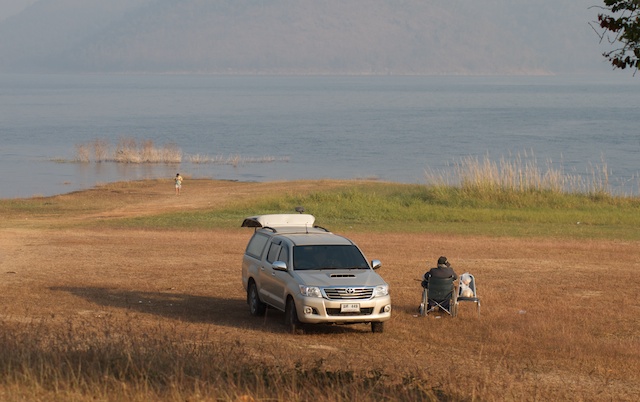
The upload was so quick that I tried downloading when I saw a bunch of updates for iOS apps, including a new Keynote. This has some changes that will mean the eventual loss of Keynote Remote. There were 8 apps available. It took a few minutes, with the last to arrive being Keynote at 441 MB. The way the download figures were changing confirmed my point about the faster connection here. Synchronising with the iPhone might be a different matter as this has spent most of the last 24 hours on EDGE. I discovered on Sunday morning why that was so. While taking advantage of the wifi, I had a look through some of the latest IT news and came across a link to Apple's 30 years celebration video. Take a couple of minutes to revel in this.
Needless to say we left the Srinakarin Dam after the scheduled departure time and arrived a little late for the 11:00 appointment with EGAT at the Vajiralongkol Dam. On the way, I was able to remind myself of some of the motorcycle rides I had done out here. About 1 Km past the Thathungna Dam we turned right onto a road that linked with the Asia Highway 2. I had used this route a number of times. There is an elephant camp along here. One morning, as I used this road, I saw a pile of steaming elephant dung at the side of the road. I slowed the bike, and sure enough just round the corner were 4 or 5 pachyderms. These are such graceful creatures, it is a shame to put them in such camps for the entertainment of tourists. However, the alternative of letting them roam wild, means inevitable confrontations now as Man takes over more land for agriculture: elephants love pineapple, for example. Sitting in the bus allowed me to see a different view of the countryside. Bikes are lower: here I was high up and looking over some bushes and trees. Much more land here has been taken over for farming, but the soil is sandy and not really good. Before it was just scrubland and there is a demand for water. Irrigation is a key to success here. Closer to the road at Saiyoke Noi, much larger areas had been taken over for a mix of crops.
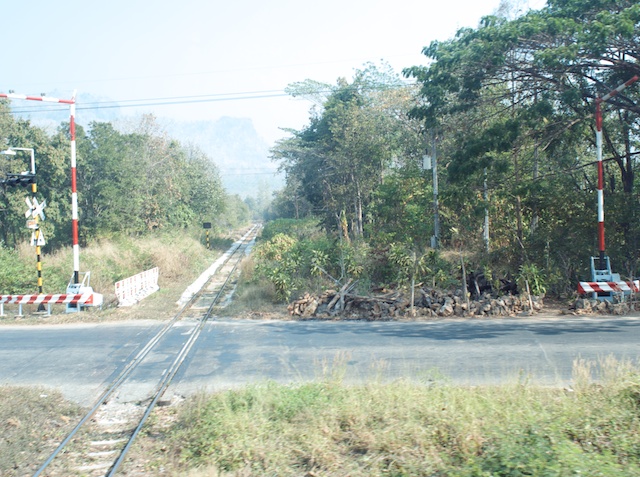
The Death Railway ends here now, but at one time it went right into Burma, crossing the border at Three Pagodas Pass (Chedi Sam Ong), although the pagodas are quite small. After Saiyoke Noi, the road rises steeply for a couple of kilometres. While most of the students were now sleeping, a couple were looking at the surroundings and I showed them where the old track had been. The embankments are still visible in a couple of places. I also linked to a map of the track. On the Mac this is interactive, but the iPhone does not have Flash of course, so the basic map was shown.
One of the features of these trips is that the students are given a short lecture on the dam itself and some of the technology, which is usually followed by a film made about the specific dam. The movie shown this Saturday morning was a bit scratched and jerky, but included many old clips dating back to before the time that the dam was constructed, starting in 1979. When completed in 1984, it was known as the Khao Laem Dam and the name was changed to that of the Crown Prince in 2001. There was also a fairly large working model of a turbine and generator, showing clearly how the water moves the turbine which in turn operates the generator above and sharing a massive steel shaft.
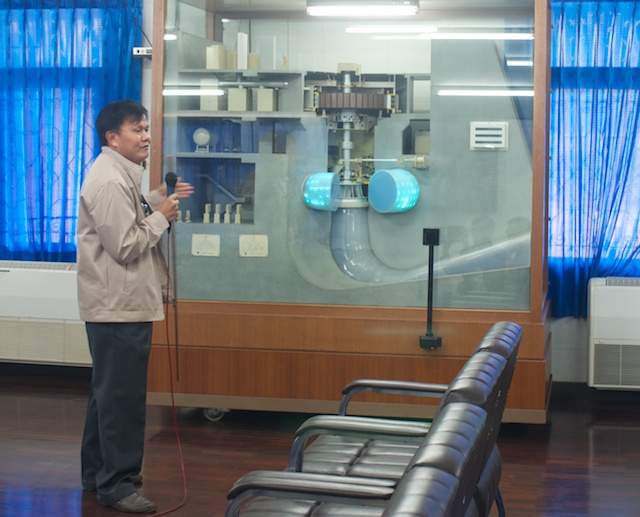
After the talk and the movie we stopped for lunch at the EGAT restaurant. As we arrived, I saw a BMW F850 outside. Inside it was easy to identify the rider and I went over for a short chat. He was on his way back to Bangkok after some business in this part of the country.
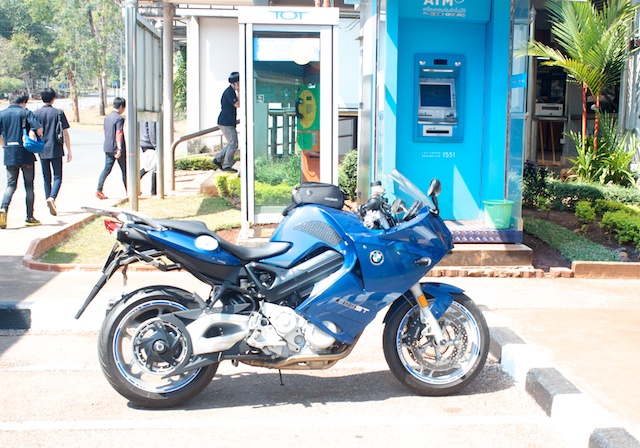
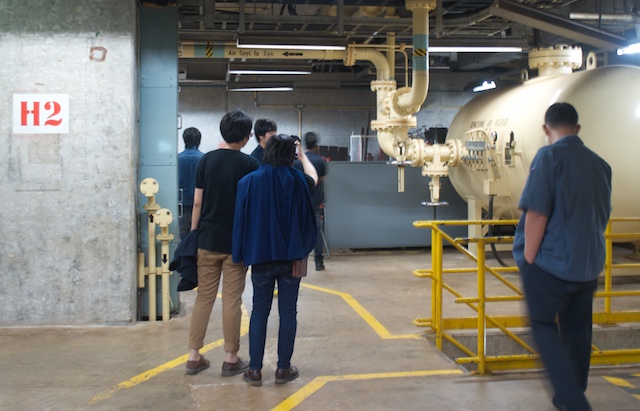
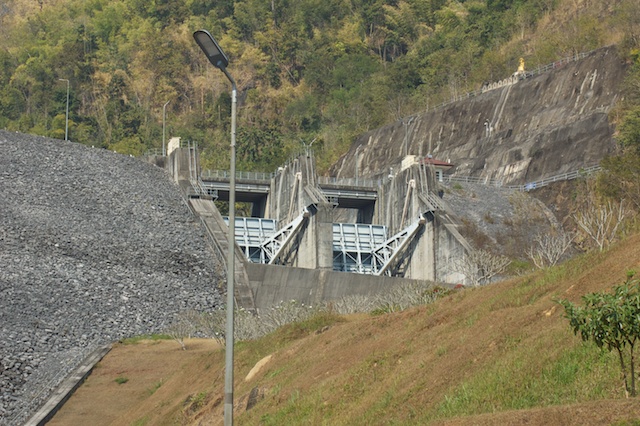
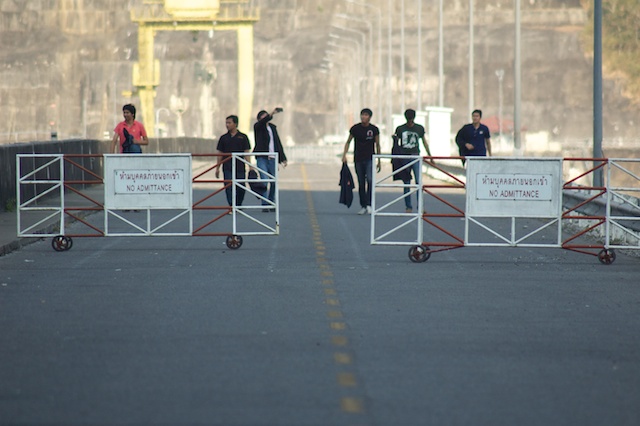
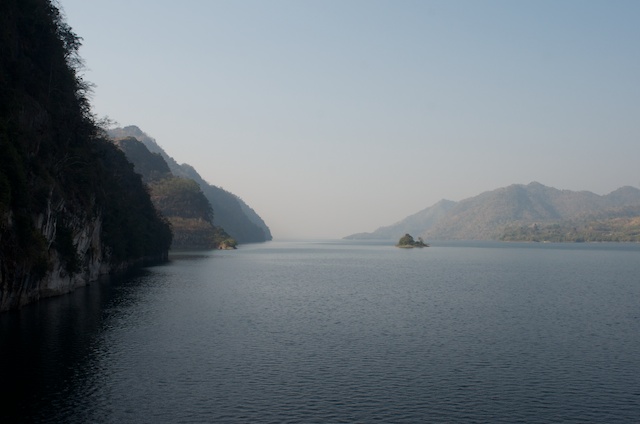
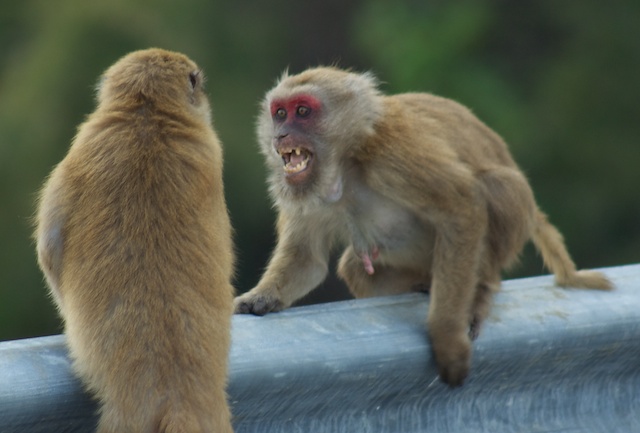
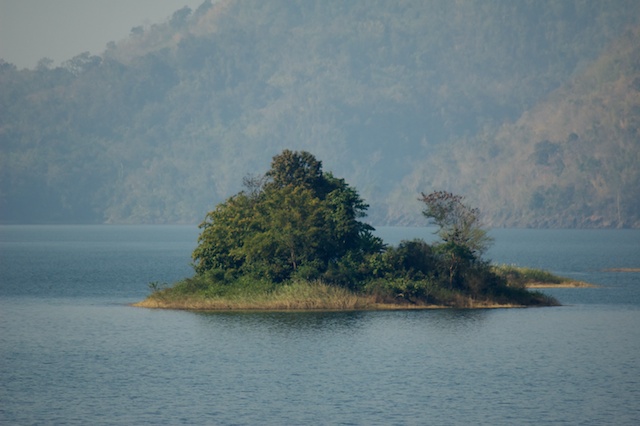
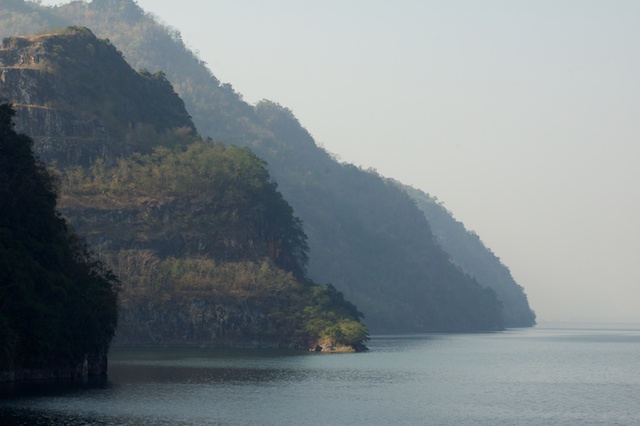
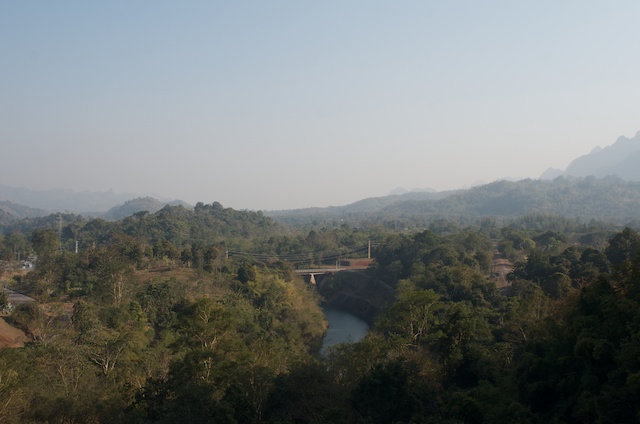
In the end, one of the staff gave up and used the personal hotspot on his iPhone. Once I was connected via Wi-Fi, the service was available in my room, but there must have been another router as that was about 250 metres from the restaurant where I had first connected.
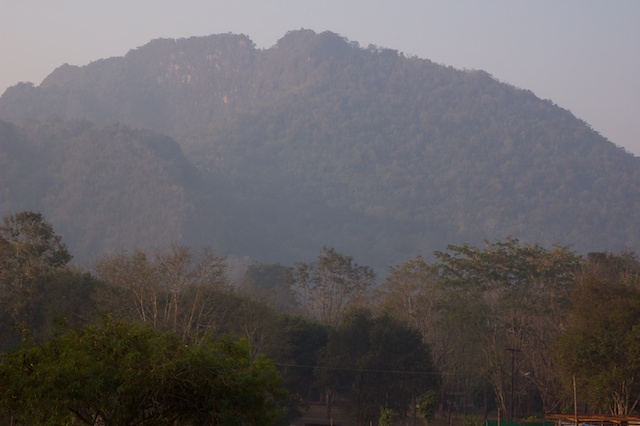
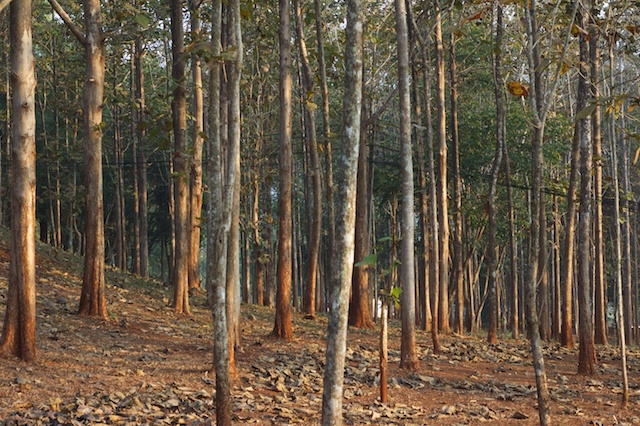
At breakfast, my head of department was playing with his iPad mini and he was clearly online. He used True and there was access here to their 3G service. Our technician said that he also had 3G with DTAC. As I use DTAC and have had only EDGE since we passed Kanchanaburi on Friday, I investigated.
I checked the iPhone first, turning off the 3G, restarting the device and even turning on "Airplane Mode". I was beginning to wonder if something was wrong with the phone, when the technician mentioned that he was using the new DTAC Tri-Net service. My phone was set for Automatic carrier detection, so when I turned that off, there were two DTAC signals shown: vanilla DTAC and Tri-Net.
This year certain students dominated the chats, with one hijacking every student's time. His input prevented others having their time. The teachers disappeared just after 22:00 but the students carried on. Many were tired and late (and cold) on Sunday. We finally left at 10:00 - an hour late. I took part of the time to teach my colleagues the expression, "Like herding cats." The bus took the road back towards Kanchanaburi and eventually Bangkok. There were a couple of stops planned. Not long after we left Thongphaphum, where the dam is, the back of the bus burst into song: these guys still had energy. The singing tailed off after 30 minutes and I noted that some of the singing reminded me of the rugby songs I had heard (and sung) when I played in England several ears ago. Just north of Saiyoke Noi, the bus that we had seen on Friday, with the Russian URL on the back, passed us heading towards Kanchanaburi. We stopped for lunch at the Saiyoke Noi waterfall area which has become considerably more commercial in recent years with the selling of local (and not so local) produce. I used to stop here for breakfast on my way out to the country some Sunday mornings. I hardly recognised the place now. We first walked to the waterfall, passing engine 720, and I realised that the line had been extended from the village. The waterfall is always a bit disappointing with much of it now suffering from the application of concrete in an attempt to give tourists a better experience.
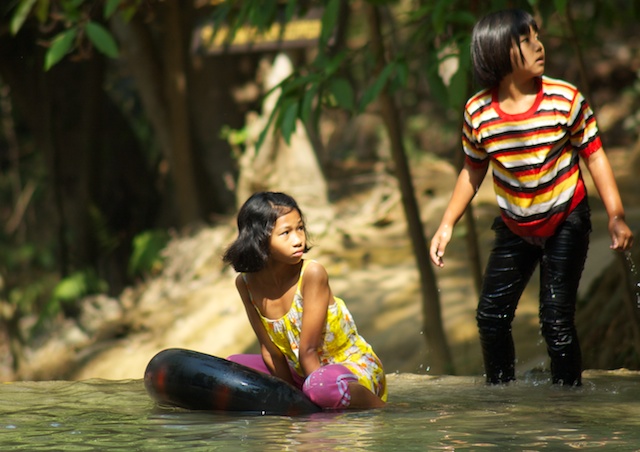
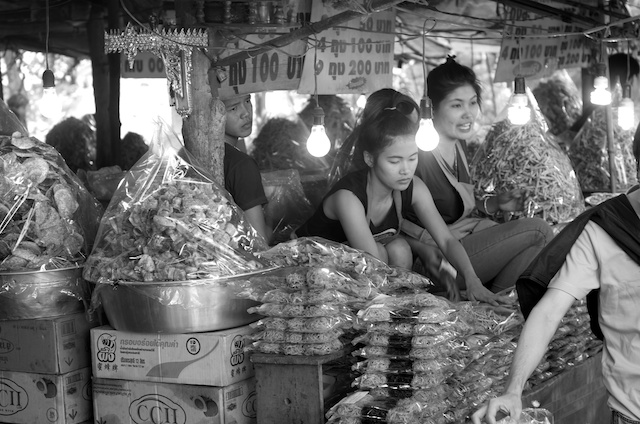

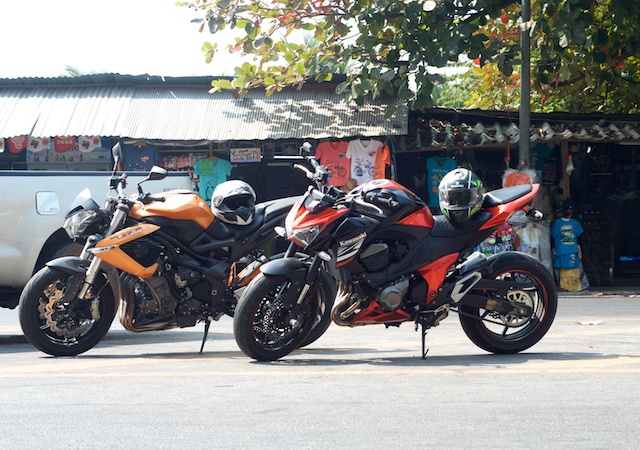
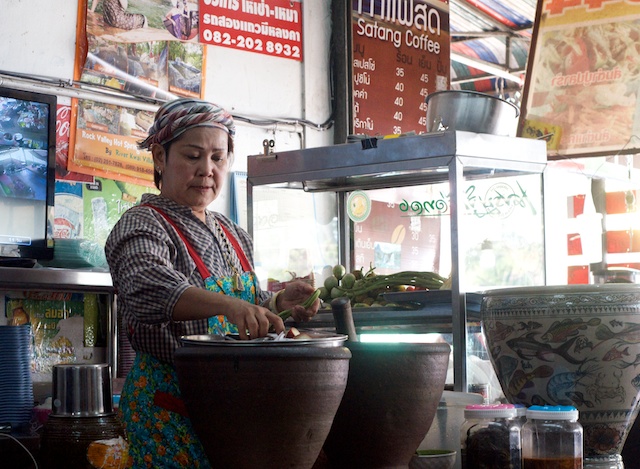
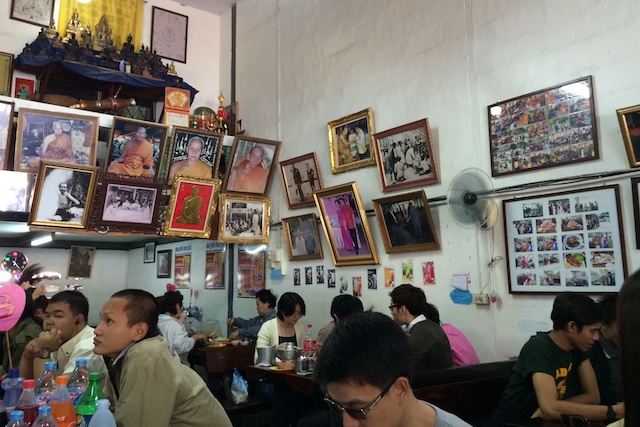
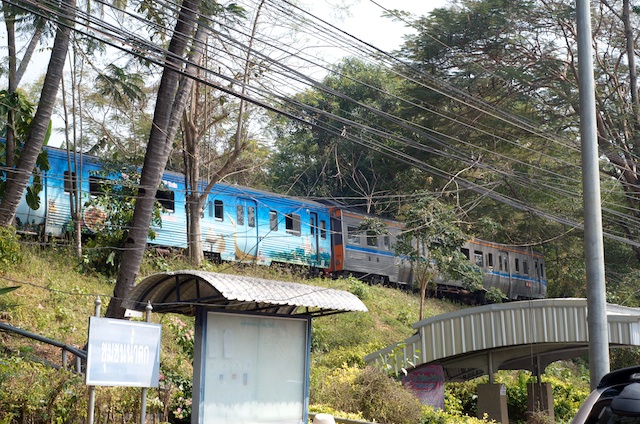
Returning to the bus, I saw that a train had just arrived at the station. It was a 3-car diesel-electric, multiple unit, of the type that runs on many tracks in Thailand (and elsewhere of course). On some occasions, there have been steam train runs up here, and I chased one once on my bike.
We did make a stop at a large establishment that sold produce: mainly packs of dried foods and sweets. Some of the students needed the bathroom, so this made a good place to stop. I brought even more food to add to my Saiyoke purchases. While there, some buses carrying Electrical Engineers from Thammasat University, also on their way back to Bangkok, stopped. Some of our students knew some of the Thammasat students. We left at 15:00.
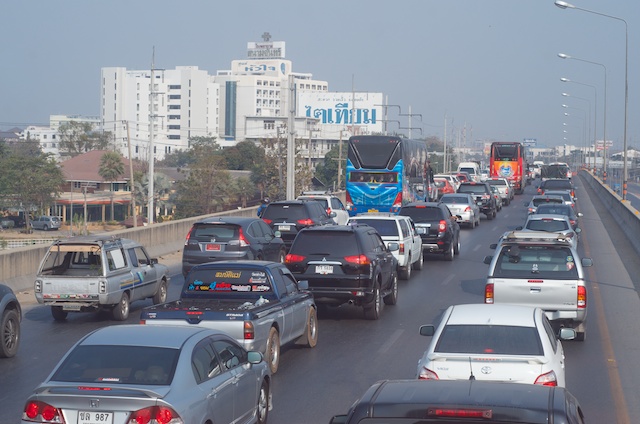
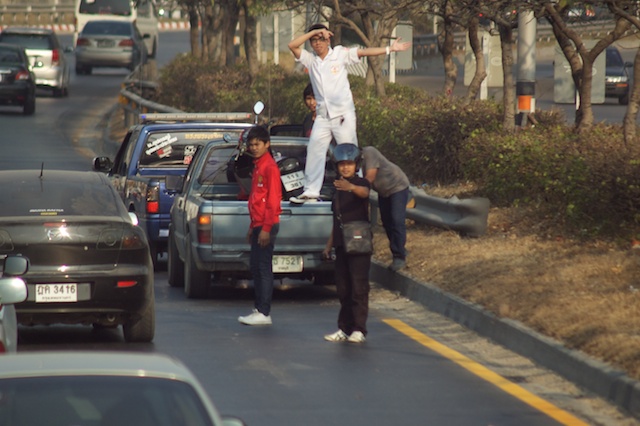
We stopped at Nakhon Chaisri to let a student out. He lives in the area and would be able to go home more easily. Traffic was again becoming more dense and all lanes were moving slowly. Shortly after we turned onto the road for Pinklao that passes the university. Lane discipline on this stretch has always been atrocious and there is often a slow moving pickup or a Benz driven by an old man who seems to think he is important, with a long line of vehicles moving at a snail's pace behind, while faster traffic uses the inner lanes. Back at the campus, we unloaded the bus and students disappeared quite quickly. I put some things in my office, then the security guard at the Faculty called me a taxi. The driver recognised me from a while back when I had been injured from a motorcycle accident. All weekend I had been reminded of riding and would love to start again.
Graham K. Rogers teaches at the Faculty of Engineering, Mahidol University in Thailand where he is also Assistant Dean. He wrote in the Bangkok Post, Database supplement on IT subjects. For the last seven years of Database he wrote a column on Apple and Macs. |
|

For further information, e-mail to

|

|